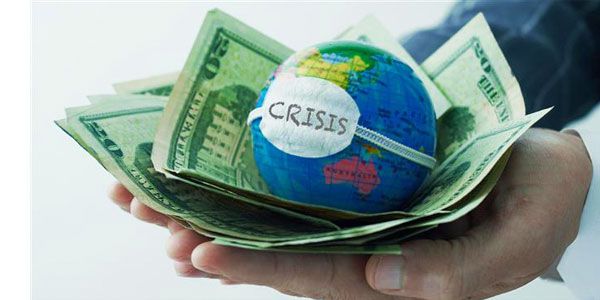The world after COVID-19 will be a lot like the one we lived in before the epidemic, yet certain things may alter forever. In the long run, this is expected to impact consumer buying patterns.
1. Online shopping
E-commerce has been growing in popularity for some years. However, the pandemic prompted many who still purchase primarily in stores to switch to online shopping. In reality, the pandemic boosted e-commerce revenues by $183 billion, according to the Adobe Digital Economy Index: COVID-19 report.
People are gradually returning to brick-and-mortar locations following the endemic and vaccinations. Consumers, on the other hand, are hardly going back. They've experienced the comfort of online shopping and are adhering to their pandemic-adjusted routines. As a result, the bulk of consumer spending will continue to be done online after the epidemic.
2. Home office furnishings
In-person, remote, and hybrid work may all play a role in the future of work. Due to this shift, consumers will likely gravitate toward single-family homes in the suburbs rather than multi-family apartments in the city. Compared to pre-pandemic levels, a shift to larger homes with appropriate space for home offices will result in higher spending on home office furnishings and home utility services.
A computer chair that is both ergonomic and comfortable is a must-have device. Portable laptop desks, computer accessories, and other workplace supplies continue to demand.
3. Cars
Due to mobility needs, life in the suburbs may lead to an increase in car ownership. People, especially those who live in cities, may prefer to have their wheels since they feel safer going alone rather than sharing space with others. As a result, most customers are unlikely to use ride-sharing and public transportation as frequently as they did in 2019.
4. Online courses
he pandemic provided an opportunity for people to look inward and consider strategies to promote self-care and self-improvement. This manifested itself in purchasing new types of things they might not have considered before and developing new abilities, such as enrolling in online programs. This pattern is likely to continue.
5. Hygiene
The pandemic prompted new degrees of hygiene that the typical person could never hope to achieve. Lysol and other cleaning products were bought as soon as they hit the stores throughout the pandemic. Covid protocols concerning cleaning surfaces, on the other hand, caused a shift that continued even after the rules were revoked—many people still maintain high cleanliness standards. As a result, disinfectant aerosols, hand sanitizers, and other products will continue to be in high demand after the epidemic.
6. Gardening
With all of their additional time on their hands, shoppers also took to gardening. The backyard, often abandoned for months, the backyard became a tiny retreat for isolated couples and singles alike. Gardening was a fun way to spend time and get outside.
Many consumers have kept up with this activity and are searching for solutions to help them care for what they've produced and make their backyard a more visible aspect of their home. For consumers in this market, selling everything from fertilizer to patio furniture is a good option.
7. Pet care
Isolation was widespread during the pandemic, so it's no surprise that individuals sought comfort from animals. As pet adoption rates skyrocketed, shelters were flooded with soon-to-be pet owners.
What does this imply in terms of post-pandemic product requirements? Several pet owners in the market shop for pet supplies, such as food, grooming goods, medicines, toys, and other items.
8. Food delivery apps
As far as food delivery apps are concerned, America's obsession with them is over. The reasons are many. Inflation, higher food prices, tips, and fees are some. Many people have started eating out at restaurants. Furthermore, budget-conscious Americans are readjusting their budget plans to combat inflation and rising fuel prices. Food delivery apps are here to stay, but the obsession is over.
However, many people continue to use those apps even as orders decline even as orders decline. Several companies are coming up to satisfy that demand by supplying convenience items and bundling goods — for example, you may order pizza and have your driver pick up a toothbrush on the way.
9. Streaming services
The convenience of watching your favorite movies, web series, musical shows, and sports on your smartphone or T.V is too addictive. Consumers might wait a little longer before heading back to the theatres if they can watch movies at home, in the comfort of their own home, without someone breathing down their neck and telling them what to do. People may not subscribe to 5-6 streaming services now. But they are likely to stick to the popular ones (that offer quality content) even after the pandemic.









